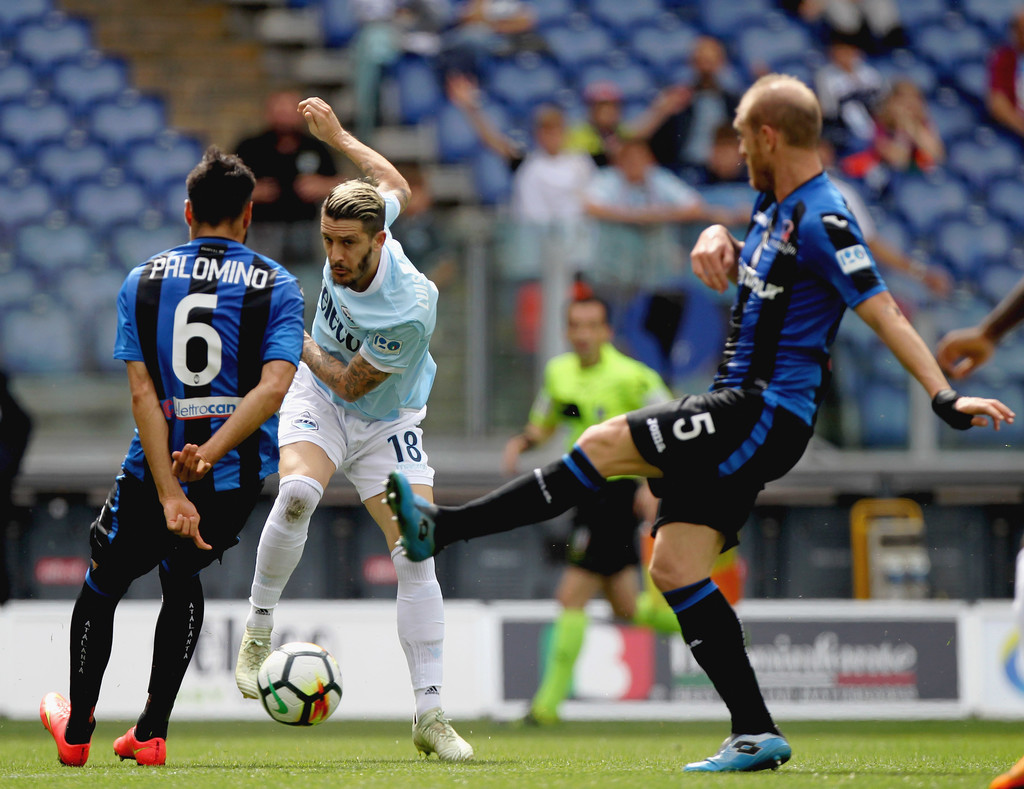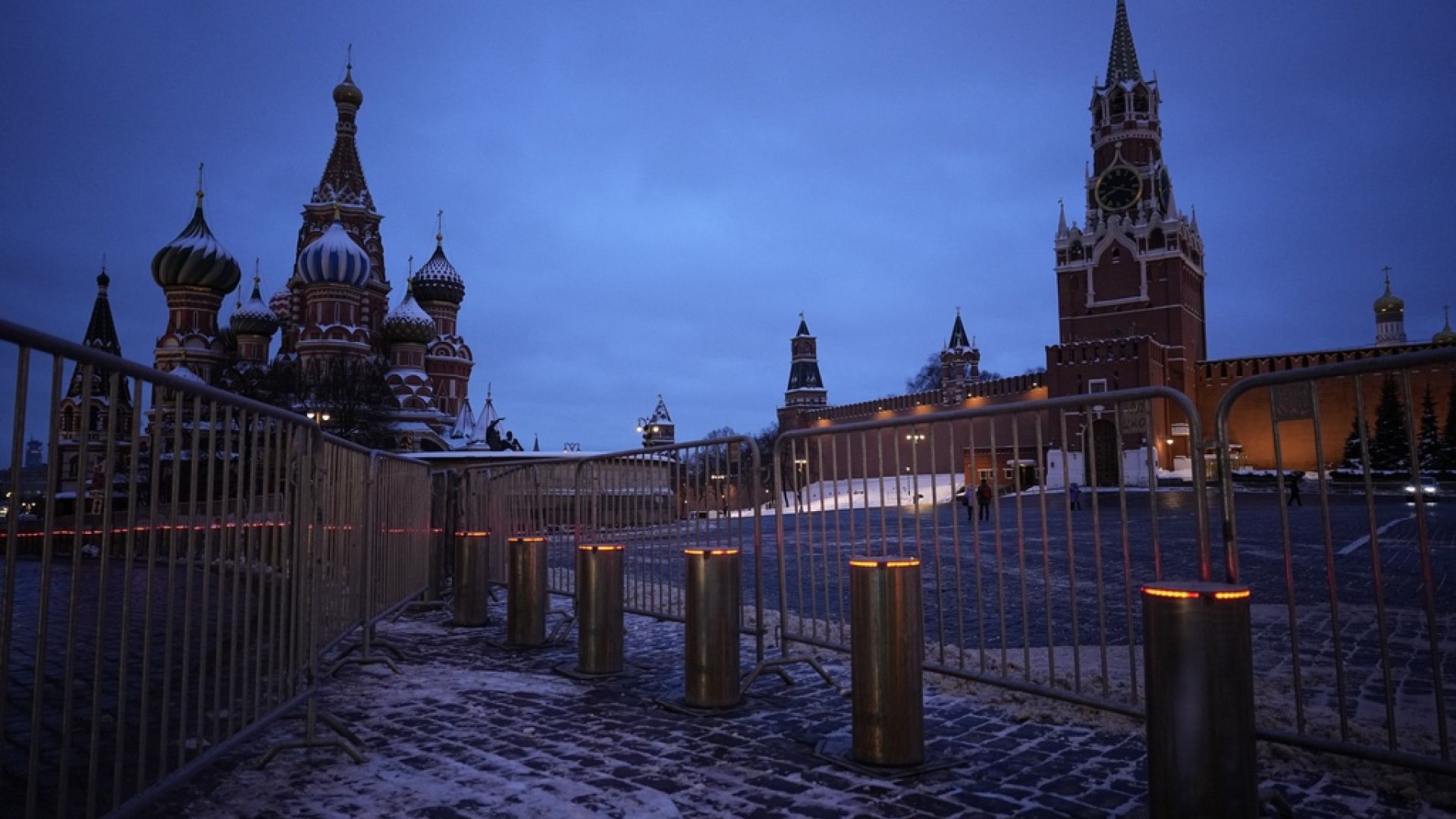The Da Vinci Code: A Deep Dive Into Dan Brown's Masterpiece

Table of Contents
The Enthralling Plot and its Central Mystery
The Da Vinci Code follows symbology professor Robert Langdon and cryptologist Sophie Neveu as they race against time to solve a murder mystery intertwined with a centuries-old secret. The central mystery revolves around the quest for the Holy Grail, not as a chalice, but as a metaphor representing something far more significant. The plot unfolds through a series of cryptic clues hidden within Da Vinci's artwork and other historical artifacts.
-
Robert Langdon's involvement and his expertise in symbology: Langdon's knowledge of religious iconography and symbolism is crucial in deciphering the clues left by the murdered curator, Jacques Saunière. His expertise allows him to navigate the complex web of riddles and decipher secret codes.
-
Sophie Neveu's connection to the mystery and her family history: Sophie is unexpectedly drawn into the mystery due to her grandfather's involvement with the Priory of Sion, a secret society central to the novel's plot. Her family lineage becomes a key element in the search for the truth.
-
The clues hidden in Da Vinci's artwork: Da Vinci's paintings, such as The Last Supper and Mona Lisa, serve as canvases for hidden messages and clues, leading Langdon and Neveu closer to the Grail's true meaning. The artwork becomes a crucial component of the puzzle.
-
The pursuit by Opus Dei and the implications of their actions: The powerful and secretive Opus Dei organization is revealed as a key antagonist, pursuing Langdon and Neveu to prevent the revelation of the truth. Their actions underscore the novel's exploration of power, religion, and control.
-
The revelation of the true identity of Jesus Christ's bloodline: The climax of the novel unveils a shocking revelation about the true nature of the Holy Grail and the continuation of Jesus Christ's bloodline, challenging traditional religious interpretations.
Symbolism and Religious Controversy
The Da Vinci Code is richly layered with symbolism, sparking intense debate and controversy. The novel’s interpretation of religious history and sacred symbols has been both lauded and criticized.
-
The significance of the Holy Grail and its various interpretations: The Holy Grail, in Brown's narrative, transcends its traditional interpretation, representing the bloodline of Jesus Christ and the continuation of his legacy.
-
The role of the Priory of Sion and its alleged historical connections: The novel portrays the Priory of Sion as a secretive society protecting the secret of Jesus's bloodline for centuries. While the Priory’s actual historical existence is debatable, its presence in the novel adds to the intrigue and conspiracy surrounding the main plot.
-
The depiction of the Catholic Church and its potential controversies: The novel presents a critical view of the Catholic Church's role in suppressing knowledge and controlling information, fueling much of the controversy surrounding the book.
-
Analysis of Da Vinci's artwork and its hidden meanings: Brown’s interpretation of Da Vinci's art utilizes artistic analysis to support the novel's claims, although this artistic interpretation is widely debated among art historians.
-
The use of religious imagery to create suspense and intrigue: The strategic use of religious imagery and symbols enhances the suspense, adding a layer of complexity and intrigue to the narrative.
The Impact and Legacy of The Da Vinci Code
The Da Vinci Code's impact extends far beyond its literary success. Its publication triggered a global phenomenon, influencing popular culture and sparking widespread discussions on religious history, art history, and conspiracy theories.
-
Increased interest in religious history and art history: The novel's publication led to a significant surge in interest in religious history and art history, inspiring many to explore these subjects further.
-
Debates sparked by the novel's controversial claims: The novel's controversial claims ignited heated debates about religious interpretations, historical accuracy, and the role of the Catholic Church.
-
The film adaptation and its reception: The highly anticipated film adaptation further popularized The Da Vinci Code, though it received mixed critical reviews.
-
The enduring popularity of the book and its place in popular culture: Years after its publication, The Da Vinci Code continues to be a popular read, securing its place as a modern classic in thriller literature.
-
The influence on subsequent thriller novels and the Dan Brown bibliography: The novel's success paved the way for similar religious mystery thrillers, creating a new subgenre and establishing Dan Brown as a major player in the thriller genre.
Critical Reception and Scholarly Responses
The Da Vinci Code received a mixed critical response, with some praising its engaging narrative and others criticizing its historical inaccuracies and reliance on conspiracy theories.
-
Praise for its fast-paced plot and captivating narrative: Many critics lauded the novel's fast-paced plot and suspenseful narrative, highlighting its ability to keep readers engaged.
-
Criticism of historical inaccuracies and conspiracy theories: Historians and theologians criticized the novel for its inaccuracies and its reliance on unsubstantiated conspiracy theories, impacting the credibility of the novel's central argument.
-
Analysis of the novel's literary style and techniques: Literary critics examined Brown's writing style, exploring its strengths and weaknesses and its contribution to the thriller genre.
-
Scholarly articles and books examining The Da Vinci Code: The novel sparked numerous scholarly articles and books that examined its historical, theological, and literary significance.
Conclusion
The Da Vinci Code remains a powerful and thought-provoking novel, captivating readers with its thrilling plot, intricate symbolism, and controversial themes. Dan Brown's masterful storytelling has left an undeniable mark on popular culture, sparking discussions and debates that continue to this day. Its exploration of religious history, art history, and secret societies provides a compelling narrative that continues to fascinate and intrigue.
Have you delved into the mysteries of The Da Vinci Code? Share your thoughts and interpretations in the comments below! Join the ongoing conversation about this literary phenomenon and explore the enduring legacy of Dan Brown's masterpiece. Unravel the secrets of The Da Vinci Code – begin your journey today!

Featured Posts
-
 Renowned Cinematographer Lin Tsan Ting Dies At 94 Legacy Of Golden Horse Award Winning Work Remains
May 13, 2025
Renowned Cinematographer Lin Tsan Ting Dies At 94 Legacy Of Golden Horse Award Winning Work Remains
May 13, 2025 -
 Brexit The Ongoing Challenges Of The Gibraltar Dispute
May 13, 2025
Brexit The Ongoing Challenges Of The Gibraltar Dispute
May 13, 2025 -
 Watch Duke Vs Oregon Ncaa Tournament Game Live Stream And Tv Details
May 13, 2025
Watch Duke Vs Oregon Ncaa Tournament Game Live Stream And Tv Details
May 13, 2025 -
 Ver Atalanta Vs Lazio En Vivo Online Serie A 2025
May 13, 2025
Ver Atalanta Vs Lazio En Vivo Online Serie A 2025
May 13, 2025 -
 Es I Velikobritaniya Obsuzhdenie Voprosov Bezopasnosti
May 13, 2025
Es I Velikobritaniya Obsuzhdenie Voprosov Bezopasnosti
May 13, 2025
